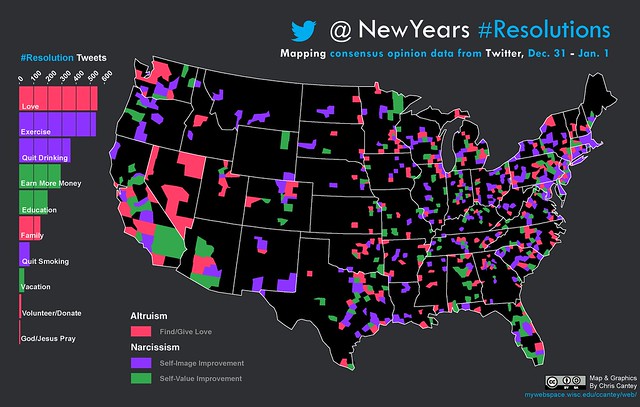by Christopher Paul on January 14, 2013 I love it when business and sports concepts meet.
James Surowiecki writes the new York Jets aren’t making the tough decisions call with Mark Sanchez because they’ve already invested a great deal of time and money on him. He writes:
The Jets have stumbled into a classic economic dilemma, known as the sunk-cost effect. In a purely rational world, Sanchez’s guaranteed salary would be irrelevant to the decision of whether or not to start him (since the Jets have to pay it either way). But in the real world sunk costs are hard to ignore. Hal Arkes, a psychologist at Ohio State University who has spent much of his career studying the subject, explains, “Abandoning a project that you’ve invested a lot in feels like you’ve wasted everything, and waste is something we’re told to avoid.” This means that we often end up sticking with something when we’d be better off cutting our losses—sitting through a bad movie, say, just because we’ve paid for the ticket. In business and government, the effect pushes people to throw good money after bad. The quintessential case of this is the Concorde. There was never a convincing business case for the supersonic airliner, and there were numerous attempts to kill it. But those attempts all failed, in large part because of the billions that had already been spent.
I don’t know much about the Jets, honestly, because I’ve been a New York Giants fan since I saw them win the 1990 Super Bowl. But I know enough about sunk costs to not let it sway your decision to end a project. It’s not easy, I can assure you. But good managers (especially the sports kind) know when to give up on a project in spite of the resources already invested.
via Nicholas Thompson
by Christopher Paul on January 13, 2013 New York Magazine put out an article that got some attention this week (or last, I can’t remember). It’s called Suds for Drugs and it talks about how Tide, the laundry detergent, is stolen and used as currency in the underground business of drug dealing. Odd to believe but the article explains it. However, I hand’t read the article until today, when I saw Dustin Curtis quoted something I hadn’t thought of before: Tide (and liquid surfactants) are a relatively new thing. And prior to their widespread use, most people didn’t own many clothes. Those they did were worn several times before cleaning because manual hand washing and the bars of soap would wear out the threads much faster.
Before the advent of liquid detergent, the average American by one estimate owned fewer than ten outfits, wearing items multiple times (to keep them from getting threadbare too fast) before scrubbing them by hand using bars of soap or ground-up flakes. To come up with a less laborious way to do the laundry, executives at Procter & Gamble began tinkering with compounds called surfactants that penetrate dirt and unbond it from a garment while keeping a spot on a shirt elbow from resettling on the leg of a pant. When the company released Tide in 1946, it was greeted as revolutionary. “It took something that had been an age-old drudgery job and transformed it into something that was way easier and got better results,” says Davis Dyer, co-author of Rising Tide, which charts the origins of the brand. “It was cool, kind of like the iPod of the day.” Procter & Gamble, naturally, patented its formula, forcing competitors to develop their own surfactants. It took years for other companies to come up with effective alternatives.
The lines Dustin quotes weren’t what I really expected an article titled ‘Drugs for Suds’ to see which are about detergent brand loyalty. But that loyalty does translate into demand even if it’s through less than legal means of acquisition. Still, it’s hard to imagine a world without liquid laundry detergent – especially when it’s called “the iPod of it’s time.”
via Dustin Curtis
by Christopher Paul on January 13, 2013 by Christopher Paul on January 13, 2013 by Christopher Paul on January 11, 2013 